You can use DataTemplates to load views depending on what data (viweModel) you set
<Window.Resources>
<ResourceDictionary>
<DataTemplate DataType="{x:Type viewModel:ViewModel1}">
<view:View1 />
</DataTemplate>
<DataTemplate DataType="{x:Type viewModel:ViewModel2}">
<view:View2 />
</DataTemplate>
</ResourceDictionary>
</Window.Resources>
Then have a ContentControl where your content will show
<Grid >
<ContentControl Content="{Binding MyContent}" />
</Grid
Use an enumBooleanConverter (How to bind RadioButtons to an enum?) to select a enum with radiobuttons
<RadioButton GroupName="Navigation"
IsChecked="{Binding Path=SelectedNavigationEnum,
Converter={StaticResource enumBooleanConverter},
ConverterParameter={x:Static viewModel:NavigationEnum.EnumValue1},
Mode=TwoWay}">Show View1</RadioButton>
<RadioButton GroupName="Navigation"
IsChecked="{Binding Path=SelectedNavigationEnum,
Converter={StaticResource enumBooleanConverter},
ConverterParameter={x:Static viewModel:NavigationEnum.EnumValue2},
Mode=TwoWay}">Show View2</RadioButton>
When the SelectedNavigationEnum property is changed set the MyContent property to the selected viewModel
public NavigationEnum SelectedNavigationEnum
{
...
set
{
...
Navigate(value);
}
}
protected void Navigate(NavigationEnum part)
{
switch (part)
{
case NavigationEnum.EnumValue1:
ShowView1();
break;
case NavigationEnum.EnumValue2:
ShowView2();
...
}
}
private void ShowView1()
{
ViewModel1 viewModel = ObjectFactory.GetInstance<ViewModel1>();
MyContent = viewModel;
}
When you set MyContent the DataTemplate will load View1 and set the viewModel as its DataContext.
